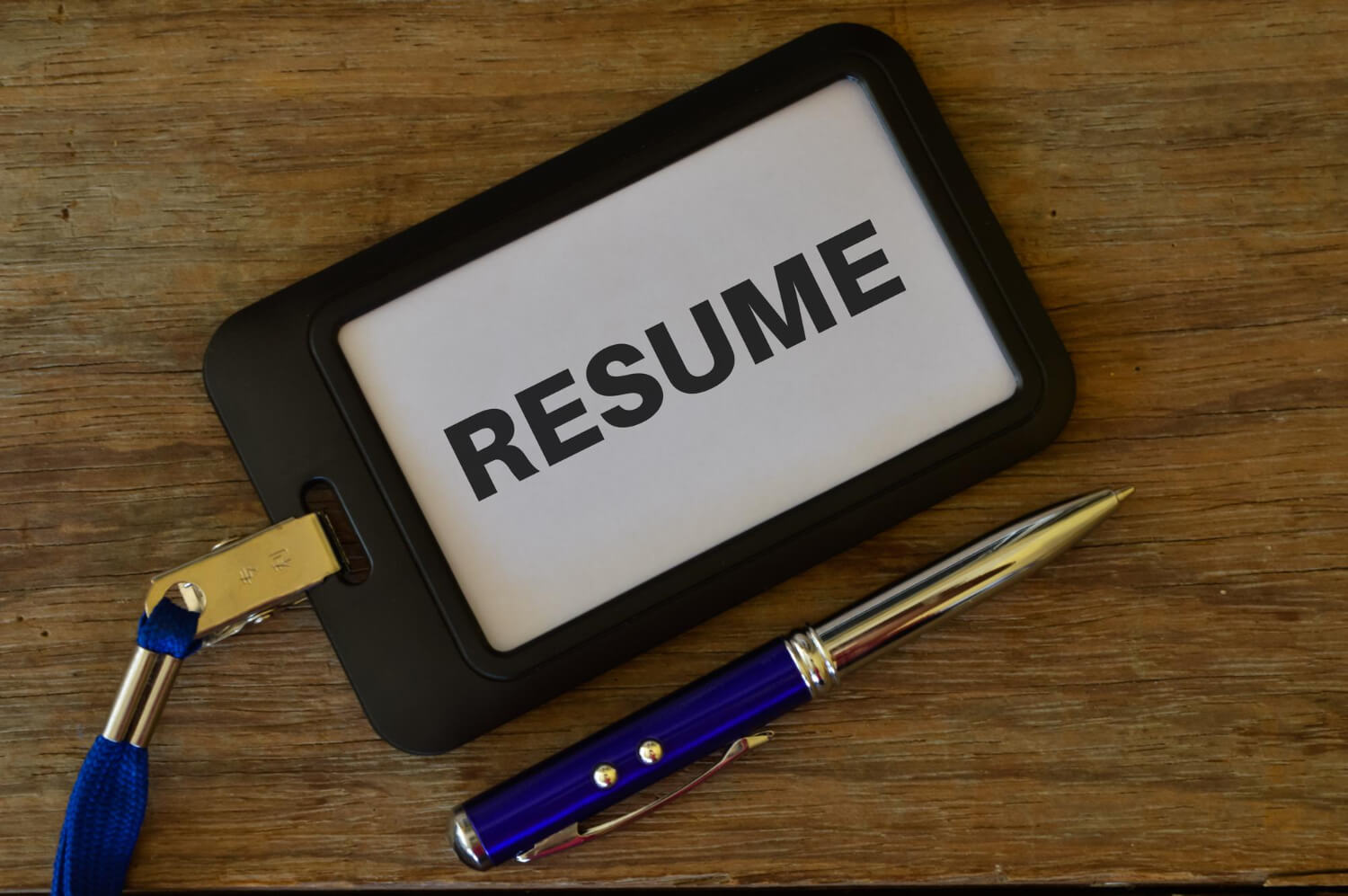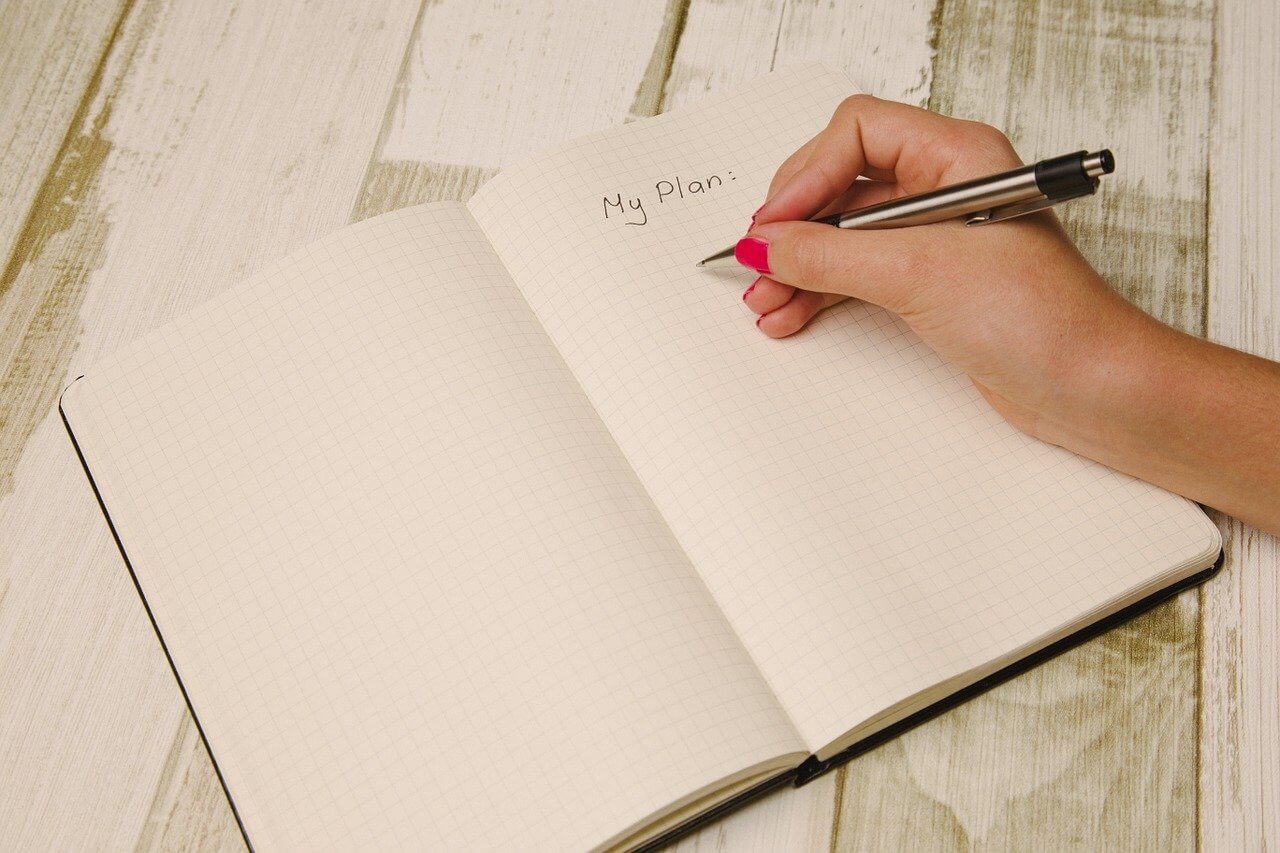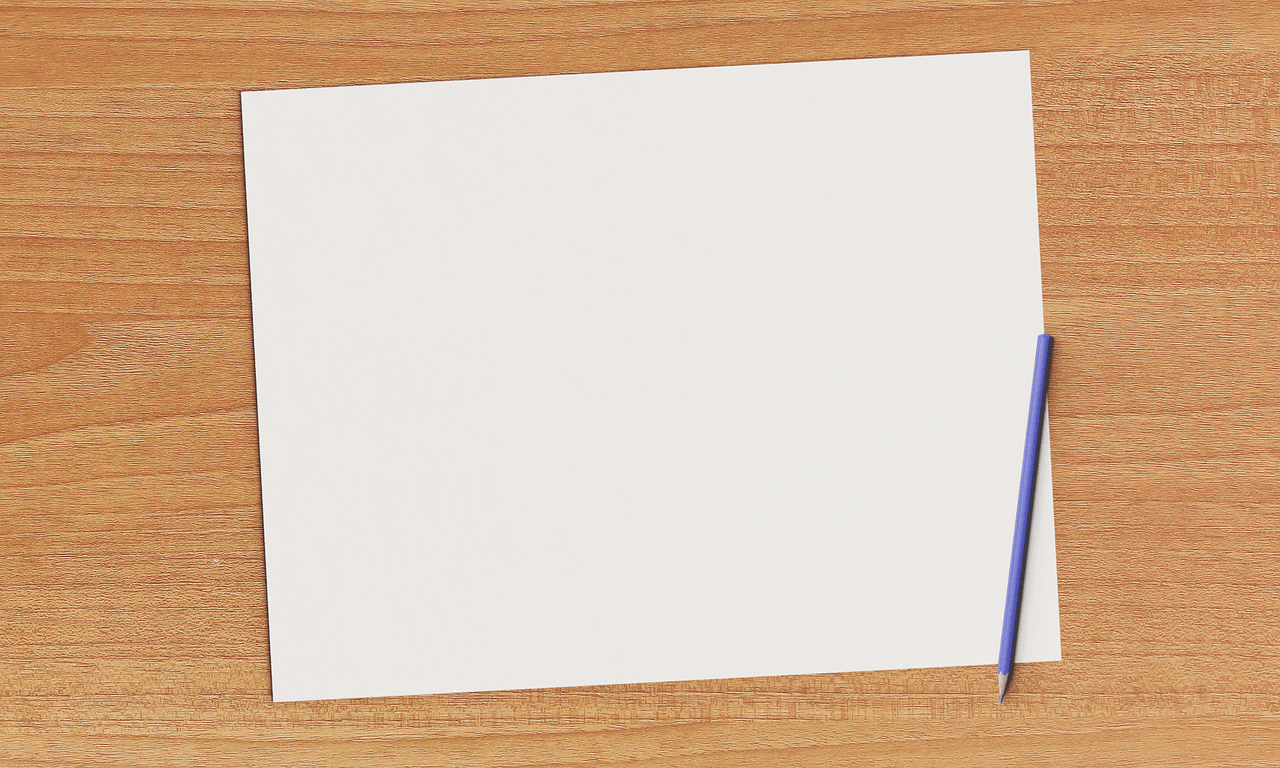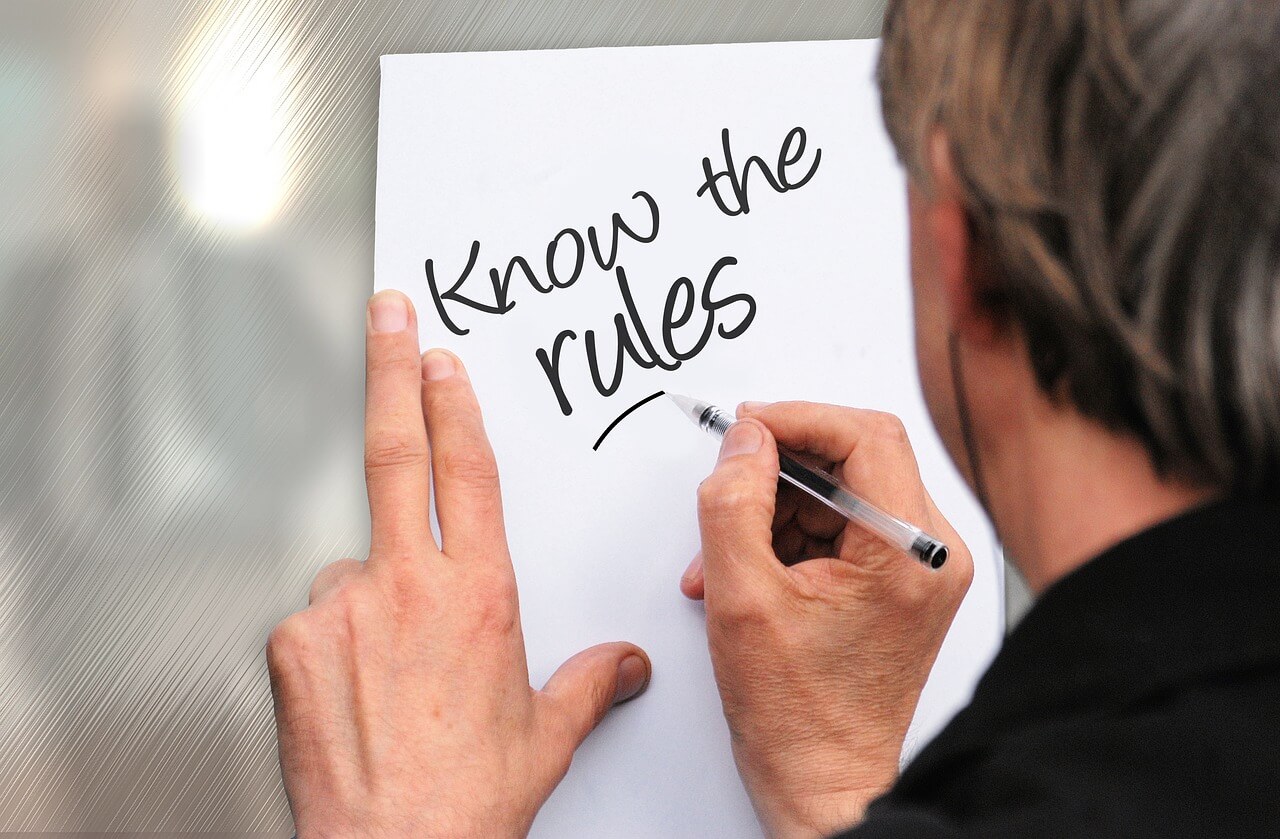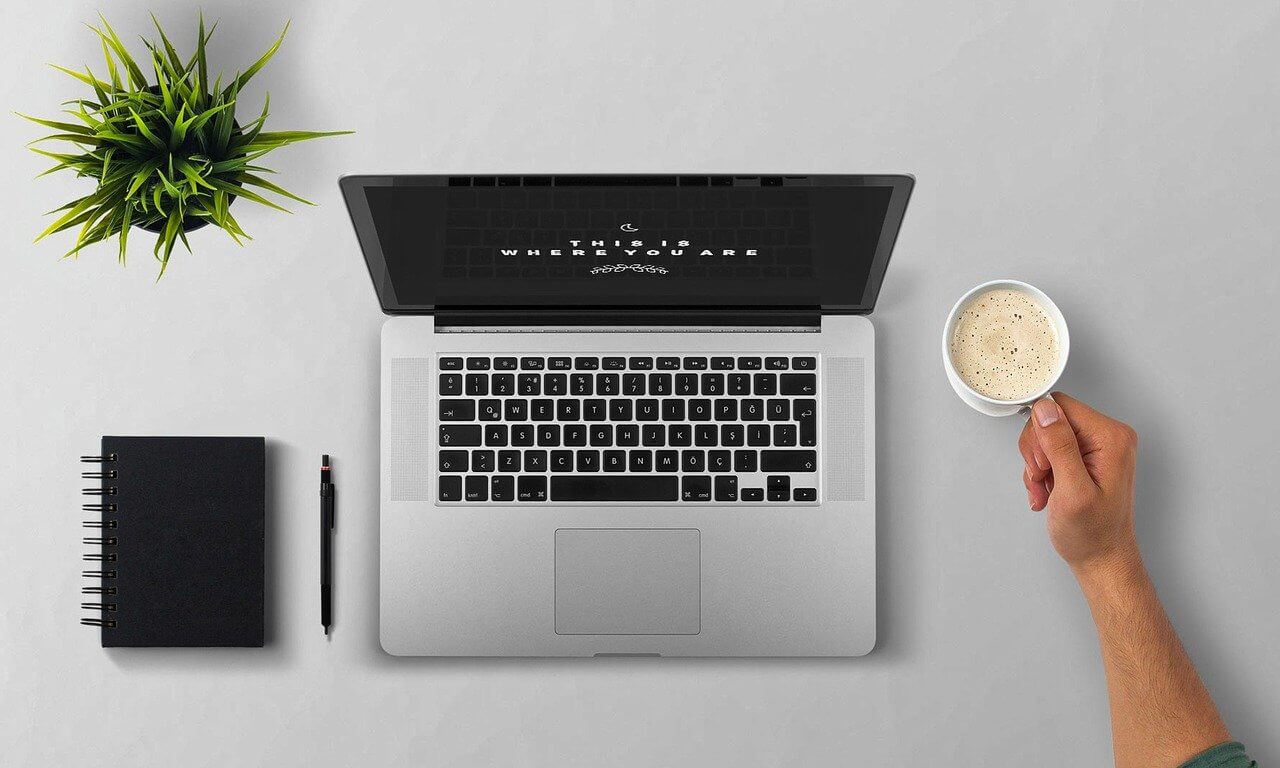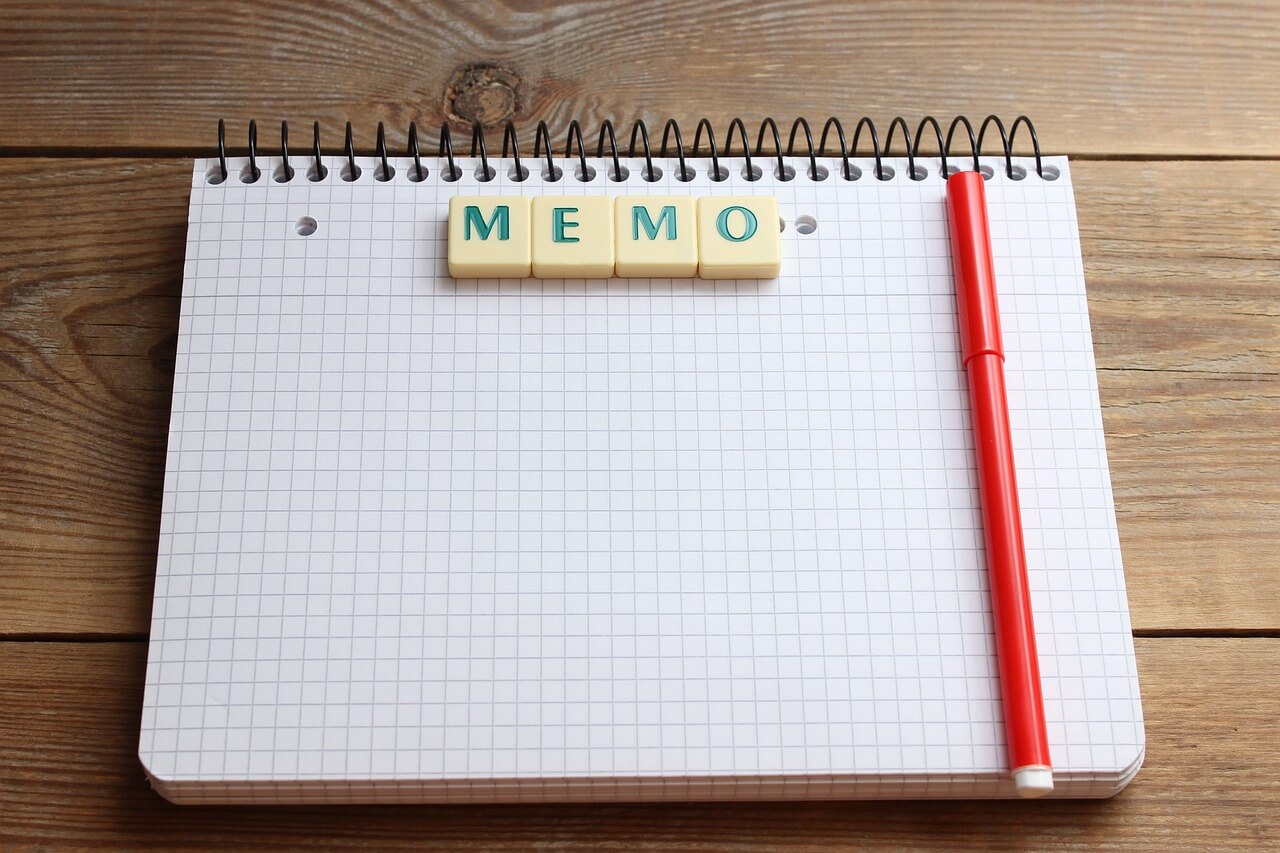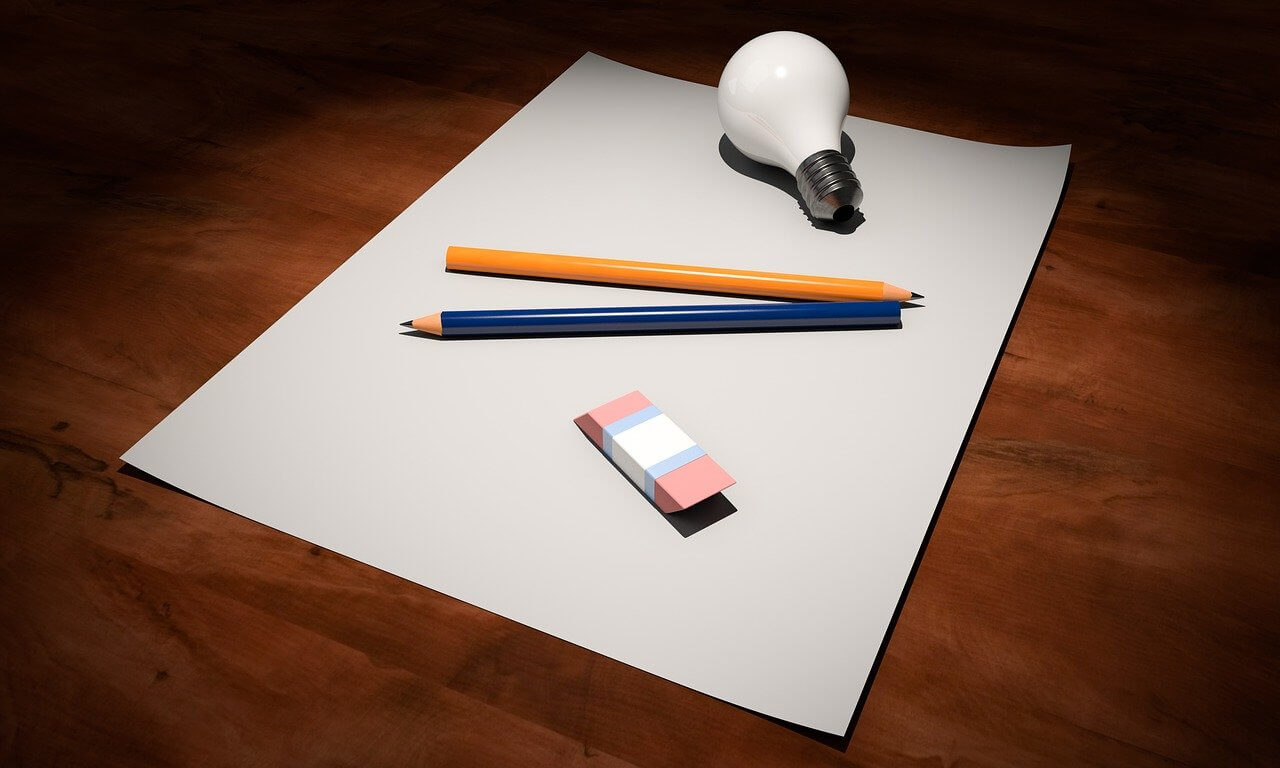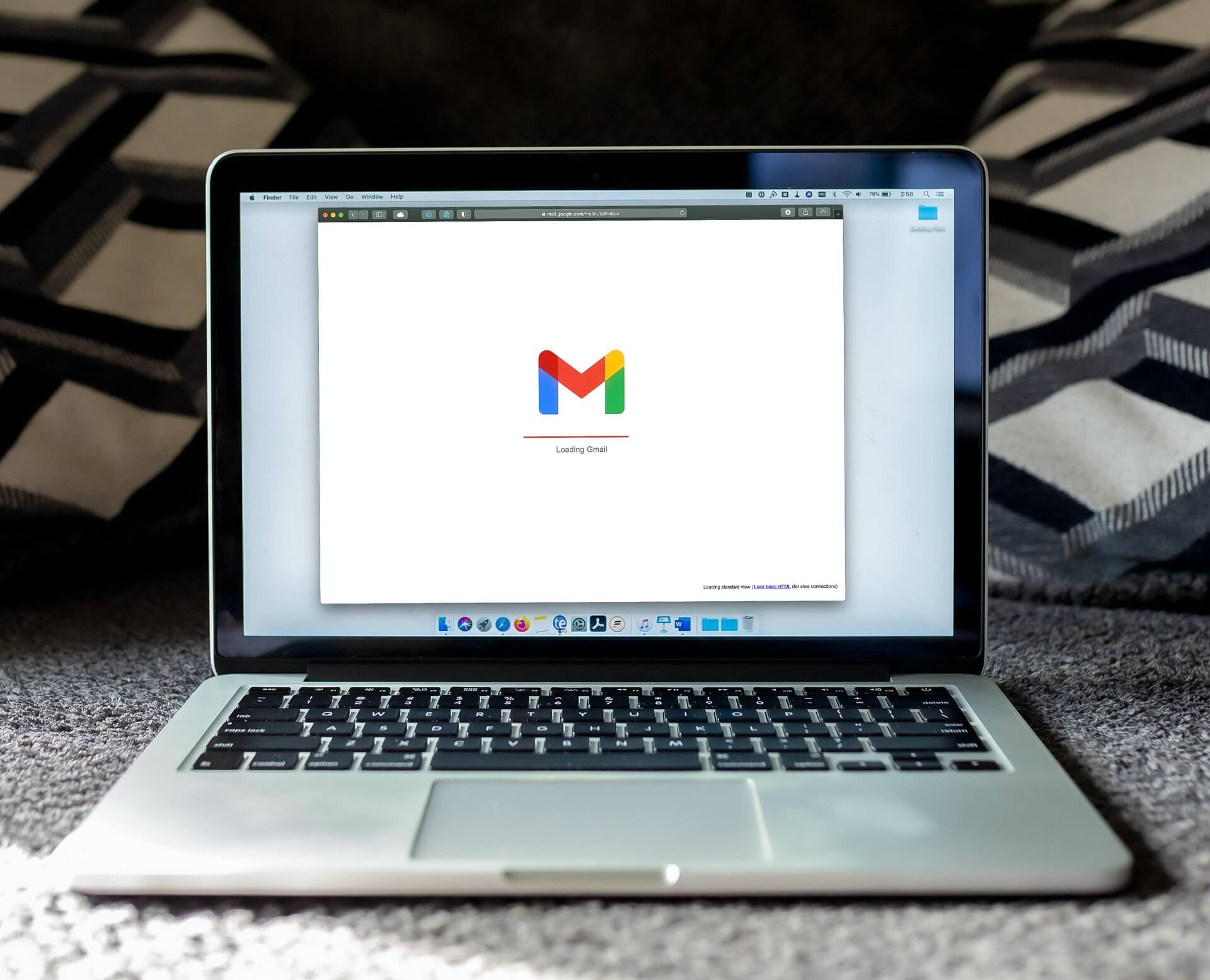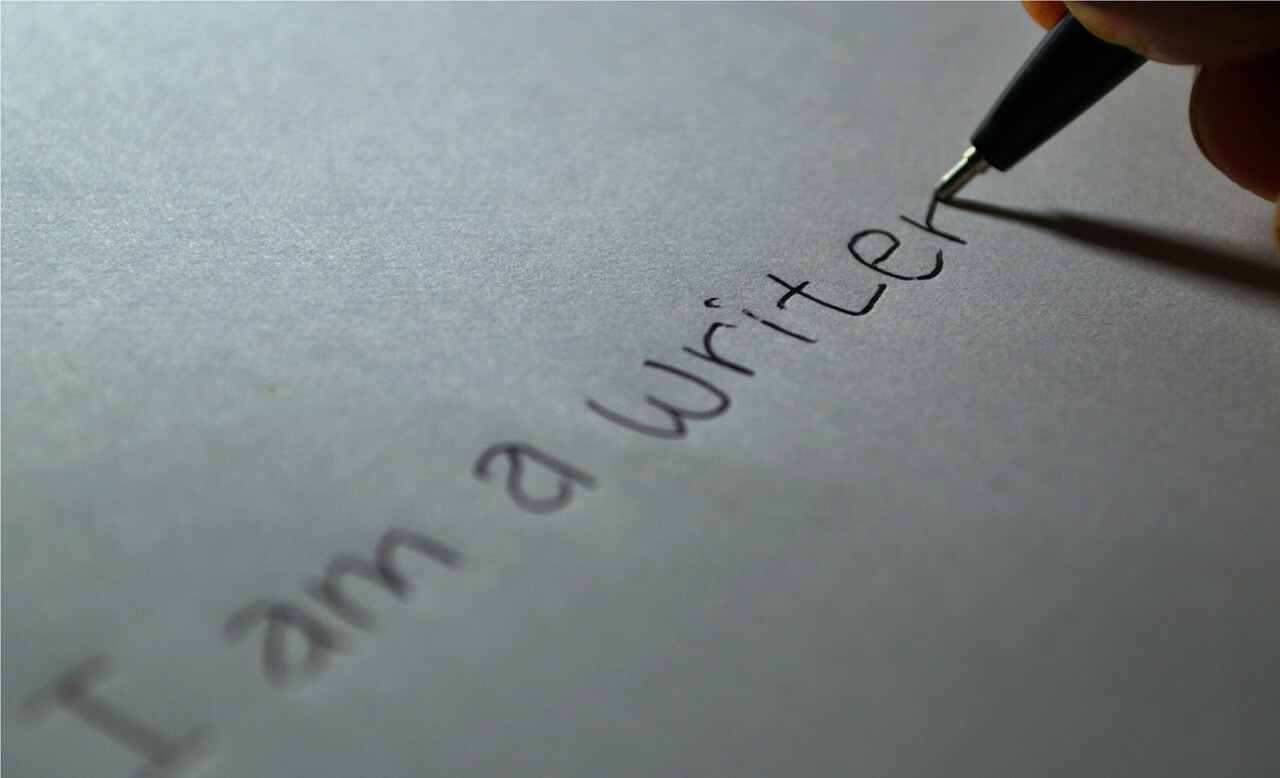Business Writing
Most Popular
How to Improve Your Writing: Guidelines and Resources Sections of This Topic Include Building Blocks of Composition Vocabulary Spelling Grammar Writing Process Planning and Organizing Writing for Readability Formatting Your Writing Getting Starting With Writing Reviewing Your Writing Types and Styles of Writing Major Types of Writing Various Styles of Writing Numerous Types of Correspondence …
Writing a Procedure that the Reader Can Follow Contributed by Deane Gradous, Twin Cities consultant Definition: A written procedure is a step-by-step guide to direct the reader through a task. Advice: Read this procedure all the way through before you begin to write. Preparation: Step 1. Provide a purpose statement (why this procedure). Step 2. …
Recommended Headings for Business Reports and What Report Readers Want to Know Contributed by Deane Gradous, Twin Cities consultant Recommended Headings for Business Reports Meeting reports Group/date/place Chart of follow-up actions and persons responsible by date Those present (those absent*) Agenda items Discussion of each agenda item · Background · Discussion · Action plan Next …
Building Blocks of Writing: Vocabulary, Spelling and Grammar Sections of This Topic Include Vocabulary Spelling Grammar NOTE: Be sure to first notice: How to Improve Your Writing Also consider Communications (Interpersonal) Communications (Organizational) Interpersonal Skills Related Library Topics Learn More in the Library’s Blogs Related to Business Writing In addition to the articles on this …
How to Write Meeting Minutes Sections of this Topic Include: What to Document In Your Board Meeting Minutes Sample Minutes Additional Perspectives Also consider Vocabulary Spelling Grammar Meeting Management Learn More in the Library’s Blog Related to This Topic In addition to the articles on this current page, see the following blog which have posts …
How to Write a Memo Contributed by Deane Gradous, Twin Cities consultant General Guidelines A memo, or memorandum, is a written correspondence often used in a business setting. In that setting, it is often written on the organization’s letterhead, which is a document that includes the organization’s official logo and color scheme. However, with the …
Comparison Between E-mail and Voice Mail Contributed by Deane Gradous, Twin Cities consultant Chart of comparisons E-mail Voice mail For less urgent messages* Appears to request attention. For more urgent messages* Appears to demand attention. The reader may read the message many times to be sure he or she understands it. Vanilla layout gives few …
Organizing Information in Written Reports Contributed by Deane Gradous, Twin Cities consultant By using appropriate headings in their reports, writers are more likely to address their readers’ needs for information. Organizing information under headings (Table 1) makes writing tasks easier and reports more complete. Table 1. Headings for four types of reports Work plan Final …
More in Business Writing
Techniques for Getting Started Writing Contributed by Deane Gradous, Twin Cities consultant · Set a timer for 510 minutes, and write for the entire time. Aim to write anything that is even slightly related to your topic. It’s OK to set down your thoughts and feelings about approaching this writing task. · Ask a colleague …
Email Writing and Reading Email Writing Email Netiquette Email Management Email Policies Also consider Related Library Topics Learn More in the Library’s Blogs Related to Writing and Reading Email In addition to the articles on this current page, see the following blogs which have posts related to Writing and Reading Email. Scan down the blog’s …
Brief Annotated Bibliography for the Business Writer Contributed by Deane Gradous, Twin Cities consultant American Heritage Dictionary (2nd Ed.). (1982). Boston: Houghton Mifflin. A dictionary is essential, even in the days of word processing programs with spell-check features. Besides listing words and word forms not included in most computer dictionaries, the American Heritage Dictionary provides …
